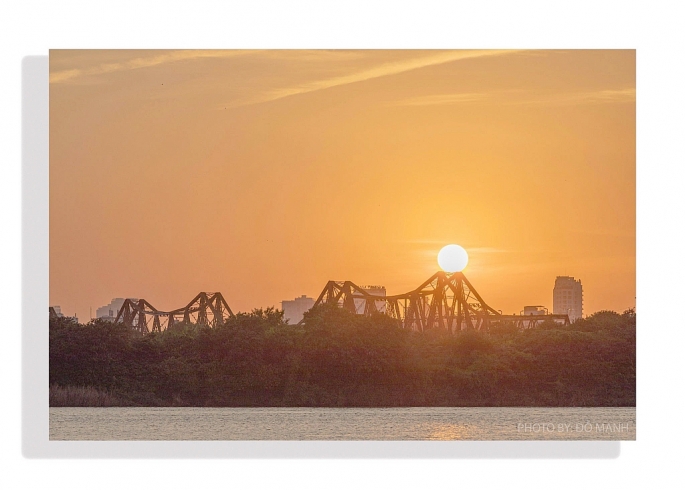 |
The construction of Long Bien Bridge was started by the French government on September 12, 1898. After more than 3 years, the bridge was inaugurated in 1902 and named after the Governor General of Indochina, Mr. Paul Doumer. In 1945, Mr. Tran Van Lai - Mayor of Hanoi renamed the bridge Long Bien.
Long Bien Bridge has a special architectural mark with its layered structure resembling a soft, winding dragon shape but still strong and powerful. The bridge is 2,290m long across the river and 896m long as an approach bridge, including 19 steel girder spans and 20 high pillars. The entire bridge body is made of high-quality steel with advanced construction techniques, ensuring both aesthetics and safety. At the time of inauguration, Long Bien Bridge was considered the second longest bridge in the world , after the Brooklyn Bridge in the US.
Long Bien Bridge connects the two banks of the Red River, creating convenient traffic for people. The usefulness of the bridge is shown by dividing it into 3 main lanes, the two sides are lanes for cars and motorbikes, in the middle is a single railway, the lane for rudimentary vehicles and pedestrians is on the outermost side. Every morning, in the early morning mist, people from the suburbs of Hanoi often transport agricultural products into the city via this bridge.
I have the opportunity to meet some friends who love photography. For them, Long Bien Bridge always inspires their creativity. It seems that the bridge has an ancient beauty that has a special attraction throughout the four seasons. Every moment brings a source of inspiration to photographers. Whether welcoming the dawn or the sunset, whether sunny or rainy... all are expressed by photography lovers through each artistic angle.
Long Bien Bridge is not only remembered by the locals and tourists for its ancient and quiet beauty but also for its long history in Hanoi. During the war against the French, Long Bien Bridge was a living witness to the determination to fight and win of the people of the capital.
In February 1947, President Ho Chi Minh and the General Command, the City Party Committee, and the Hanoi Front Command decided to organize the Capital Regiment to leave Inter-zone 1 to the rear to preserve its forces and participate in the long-term resistance war. Long Bien Bridge witnessed the miraculous retreat of our army. Before leaving, the soldiers wrote on the walls of each street the words: "Goodbye Hanoi! See you soon", "The capital Hanoi will forever belong to the Vietnamese people"...
With their united efforts, the Vietnamese people achieved the earth-shaking victory of Dien Bien Phu, forcing the French colonialists to sign the Geneva Agreement on July 21, 1954, recognizing the independence and sovereignty of the three Indochinese countries and accepting the withdrawal of troops from Northern Vietnam. On October 8, 1954, the French army held a flag-lowering ceremony and began to withdraw from Hanoi. At exactly 4:00 p.m. on October 9, 1954, the last French soldiers withdrew across the East side of Long Bien Bridge, and the Vietnam People's Army took complete control of Hanoi.
Now that the war has ended, Hanoi has many new, modern, and beautiful bridges. However, the image of Long Bien Bridge will forever be imprinted in the hearts of Vietnamese people and international friends because of its unique architecture and its long history and fond memories.
Source: https://kinhtedothi.vn/cau-long-bien-mai-luu-dau-lich-su-cung-thoi-gian.html


![[Photo] Scientific workshop "Building a socialist model associated with socialist people in Hai Phong city in the period of 2025-2030 and the following years"](https://vphoto.vietnam.vn/thumb/1200x675/vietnam/resource/IMAGE/2025/5/21/5098e06c813243b1bf5670f9dc20ad0a)

![[Photo] Determining the pairs in the team semi-finals of the National Table Tennis Championship of Nhan Dan Newspaper](https://vphoto.vietnam.vn/thumb/1200x675/vietnam/resource/IMAGE/2025/5/21/eacbf7ae6a59497e9ae5da8e63d227bf)
![[Photo] Prime Minister Pham Minh Chinh attends the groundbreaking ceremony of Trump International Hung Yen Project](https://vphoto.vietnam.vn/thumb/1200x675/vietnam/resource/IMAGE/2025/5/21/ca84b87a74da4cddb2992a86966284cf)

![[Photo] Prime Minister Pham Minh Chinh receives Rabbi Yoav Ben Tzur, Israeli Minister of Labor](https://vphoto.vietnam.vn/thumb/1200x675/vietnam/resource/IMAGE/2025/5/21/511bf6664512413ca5a275cbf3fb2f65)
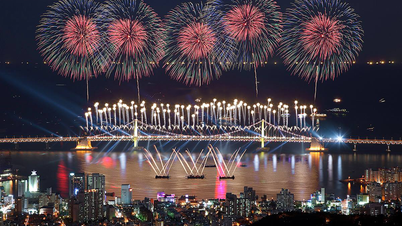

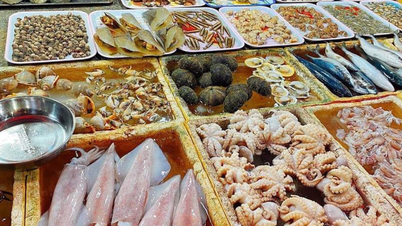
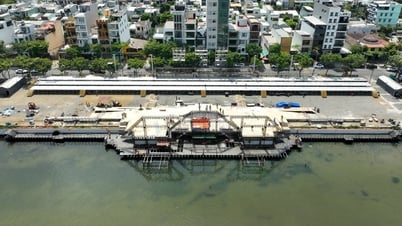

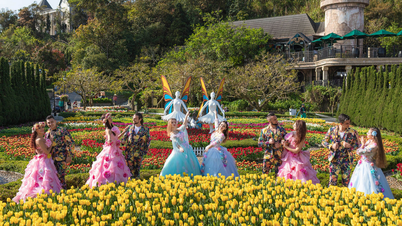
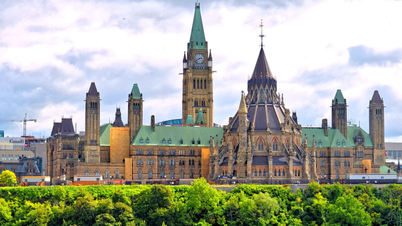
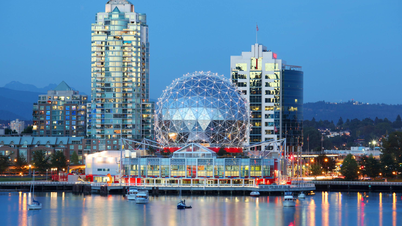




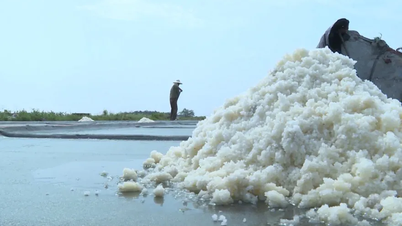


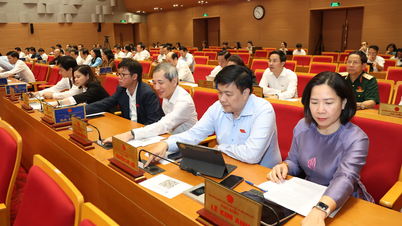

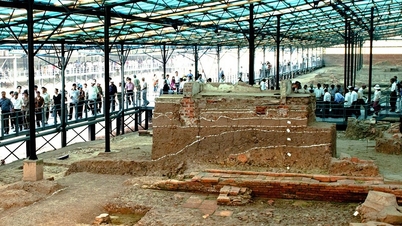
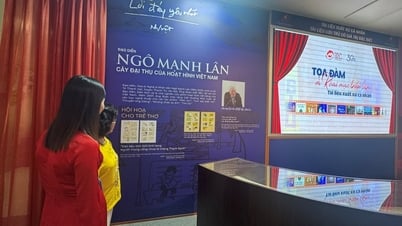































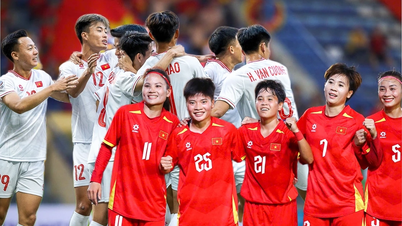

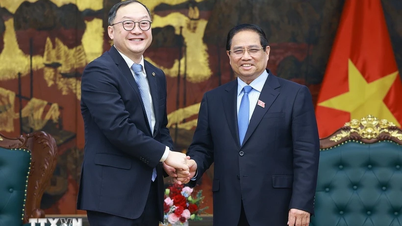

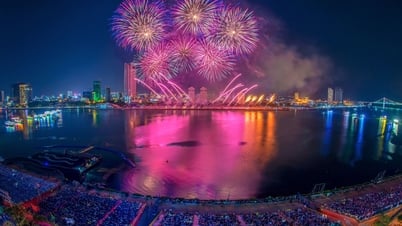

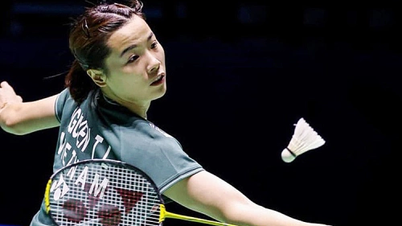

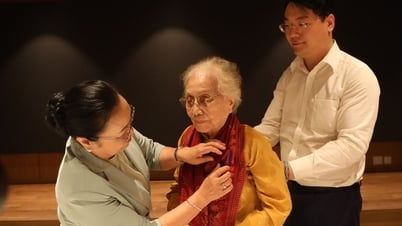

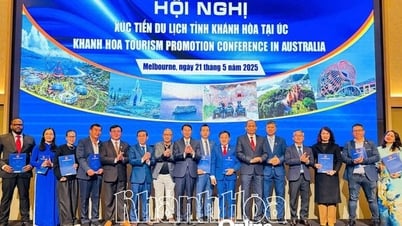
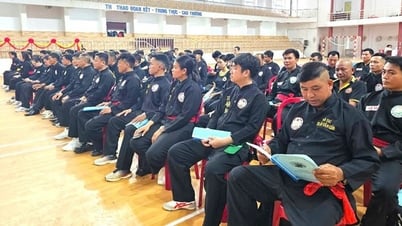
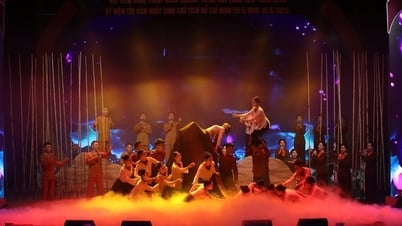





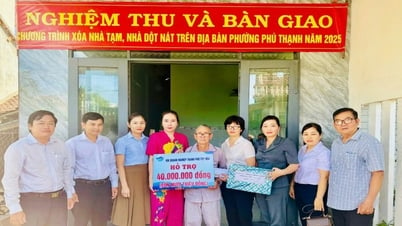





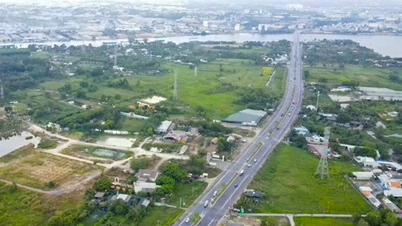












Comment (0)